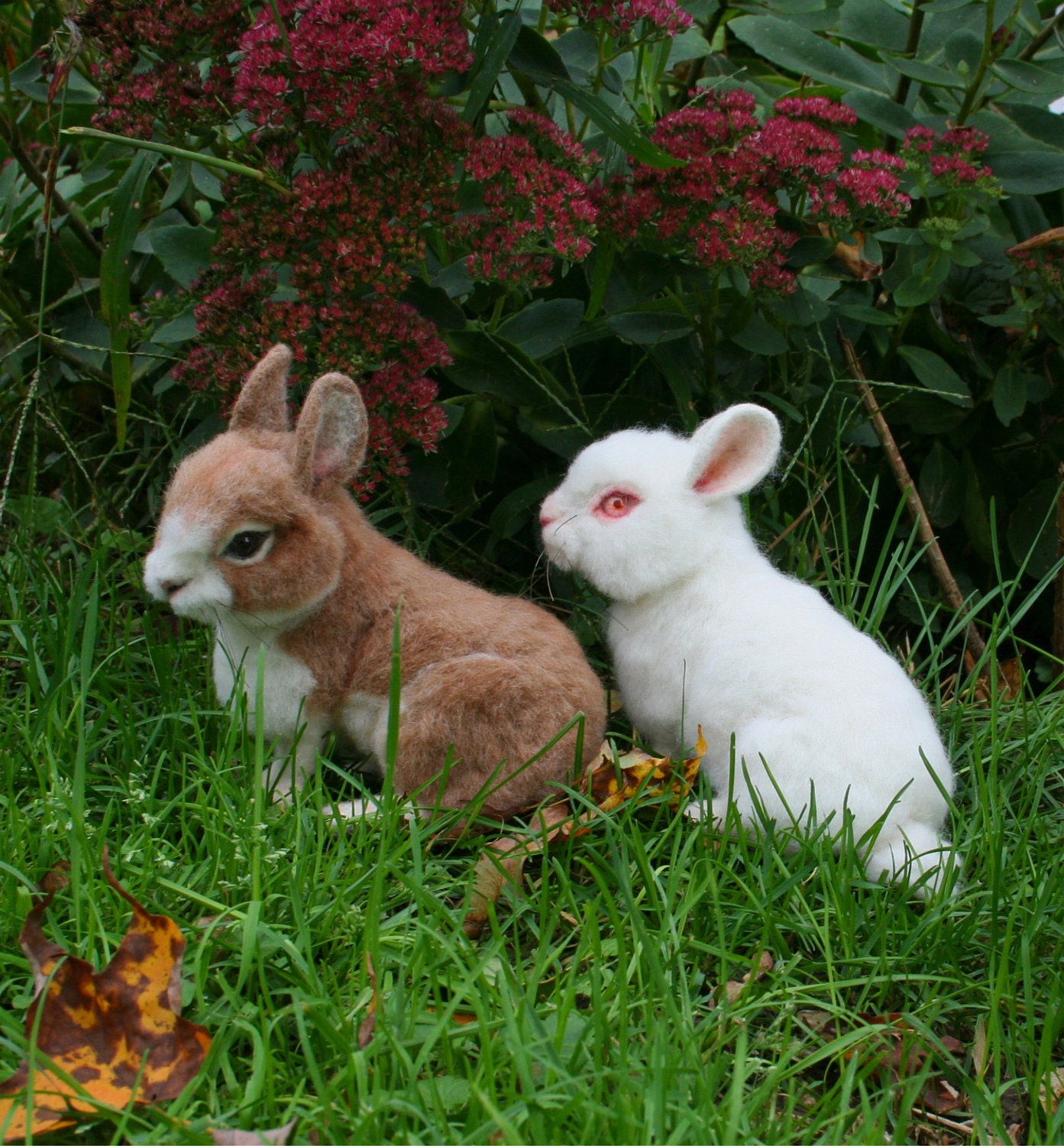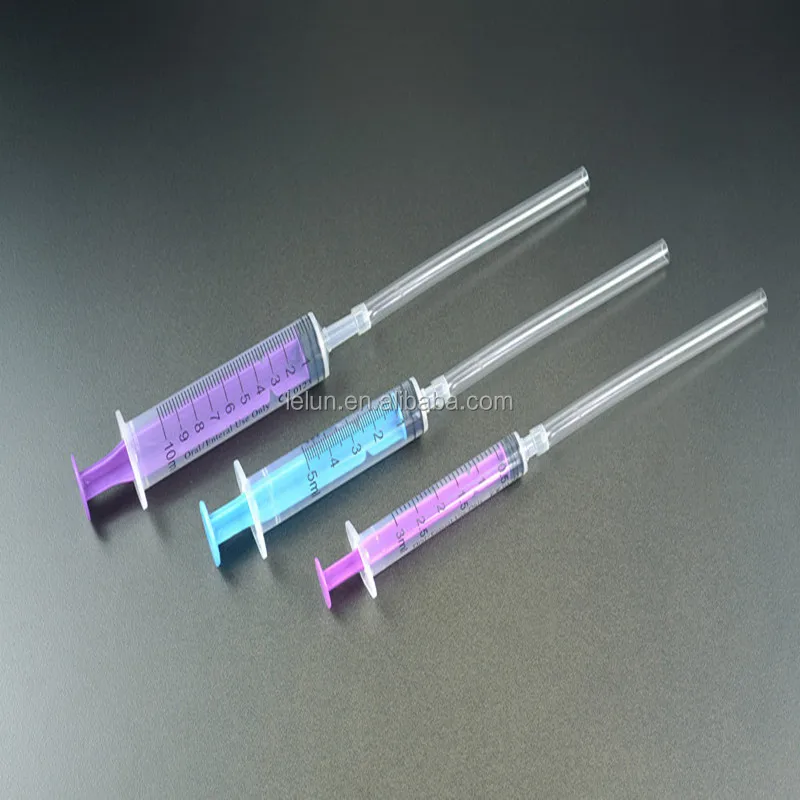

However, in the UK, sizes start at 14 and go up to 000. In the US, needle sizes start at 0 and increase to 50. While the US and the UK use the same metric sizes, their numbering systems run in opposite directions. Note that Japanese needles have a different metric size than US and UK needles. This knitting needle size conversion chart compares knitting needles in the US and UK, with crochet hook sizes thrown in for good measure! Metric (mm) To help you decipher the world of knitting needle sizes, refer to the charts below! Knitting Needle Sizes Chart for US and UK That’s because different countries have different ways of numbering their knitting needles.

One person is required to take the blood sample.Knitting needle sizes can be confusing. Summary ConsiderationĦ0 - 200 ml, depending on the size of the rabbit. Blood samples are taken from the heart, preferably the ventricle, which can be accessed either via the left side of the chest, through the diaphragm, from the top of the sternum or via a thoracotomy. Blood should be withdrawn slowly to prevent the heart collapsing. Slides and video of this technique are available from the Norwegian Reference Centre for Laboratory Animal Science and Alternatives.Ī sample of 60 - 200 ml of blood can be obtained depending on the size of the rabbit and whether the heart is beating. It is appropriate for all strains of rabbit. Two people: one to restrain the rabbit and the other to take the blood sample.Ĭardiac puncture should not be used if the peritoneum needs to be lavaged to harvest cells, as this technique can cause blood to escape into the peritoneal cavity.Ĭardiac puncture is a suitable technique to obtain a single, large, good quality sample from a euthanised rabbit or a rabbit under deep terminal anaesthesia if coagulation parameters, a separate arterial or venous sample or cardiac histology are not required. Up to eight samples may be taken in any 24-hour period, depending on sample volume.Ġ.5 - 10 ml, depending on the size and strain of the rabbit.ġ9G - 23G butterfly needle, depending on the strain and size of the rabbit. In order to minimise damage to the ear the number of attempts to take a blood sample should be minimised (no more than three needle sticks in any one attempt).īlood flow should be stopped before the animal is returned to its cage or pen by applying finger pressure on the soft tissue placed at the blood sampling site for approximately two minutes. Up to eight samples can be collected in any 24-hour period, depending on sample volume and scientific justification. The vein is normally occluded distally (away from the animal) before the needle is inserted.ĭepending on the size of the rabbit and the frequency of sampling, 0.5 - 10 ml of blood can be collected. Anaesthesia is not necessary but may be used on welfare grounds for animals that are difficult to hold. The dorsal surface of the ear should be clipped.Please note that hair removal by shaving with a scalpel blade is no longer recommended as it removes the epidermal layers of the skin. This can be done by gently stroking it should not be necessary to use a heat lamp. The ear should be warmed in order to dilate the vessel.
#Whatsize needle forrabbit serial
Serial blood samples can be taken by moving towards the base of the ear on the same vein and by alternating ears. Local anaesthetic cream (e.g. EMLA cream) can be applied to the site 30 minutes prior to blood sampling. Blood is taken from the tip of the ear, away from the base of the ear. Restraint can cause stress, therefore the duration of restraint should be minimised. The rabbit should be restrained and it can be helpful to wrap the animal in a large cloth to avoid inadvertent movement. Slides and video for sampling from the central ear artery are available on the Norecopa website. Use of the artery is normally used for larger volume samples or for arterial blood, but carries a greater risk of haematoma and bruising. This technique can be used with all strains and for single and repeat samples.

Removal of blood from the marginal ear vein or artery is one of the most common and least invasive methods of talking blood from a rabbit.


 0 kommentar(er)
0 kommentar(er)
